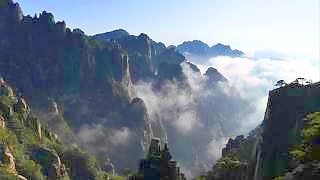
|
GuangDong Province Tour, China
This itinerary covers a diverse range of experiences in GuangDong Province, including exploring the vibrant cities of GuangZhou and ShenZhen, discovering the cultural heritage of the Pearl River Delta region, and relaxing on the beaches and islands along the coast.
Week 1: GuangZhou
Explore the historic sites of Guangzhou, including Yuexiu Park, the Chen Clan Ancestral Hall, and the Sun Yat-sen Memorial Hall.
Indulge in Cantonese cuisine at local restaurants and street food stalls, sampling dishes like dim sum, roast goose, and clay pot rice.
Shop for souvenirs and local specialties at markets like Shangxiajiu Pedestrian Street and Qingping Market.
Week 2: ShenZhen
Discover the modern cityscape of Shenzhen, including landmarks like the Ping An Finance Centre and the Window of the World theme park.
Explore cultural attractions such as the Dafen Oil Painting Village and the Shenzhen Museum.
Experience Shenzhen's diverse culinary scene, with influences from all over China and the world.
Week 3: Pearl River Delta Region
Visit historic towns like Foshan, known for its traditional martial arts and ceramics.
Explore the waterways of the Pearl River Delta, taking boat tours or cruises to see traditional villages and scenic landscapes.
Sample local delicacies like Cantonese-style seafood and traditional snacks in the region's markets and eateries.
Week 4: Coastal Cities and Islands
Relax on the beaches of Zhuhai and enjoy water sports or leisurely walks along the coast.
Take a day trip to the nearby islands of Hainan or Hong Kong for additional beach experiences and cultural exploration.
Explore the maritime history and architecture of cities like Zhanjiang and Jiangmen.
|

 Five Flower Lake (WuHuaHai) in JiuZhaiGou 九寨沟 Nature Reserve
Five Flower Lake (WuHuaHai) in JiuZhaiGou 九寨沟 Nature Reserve





